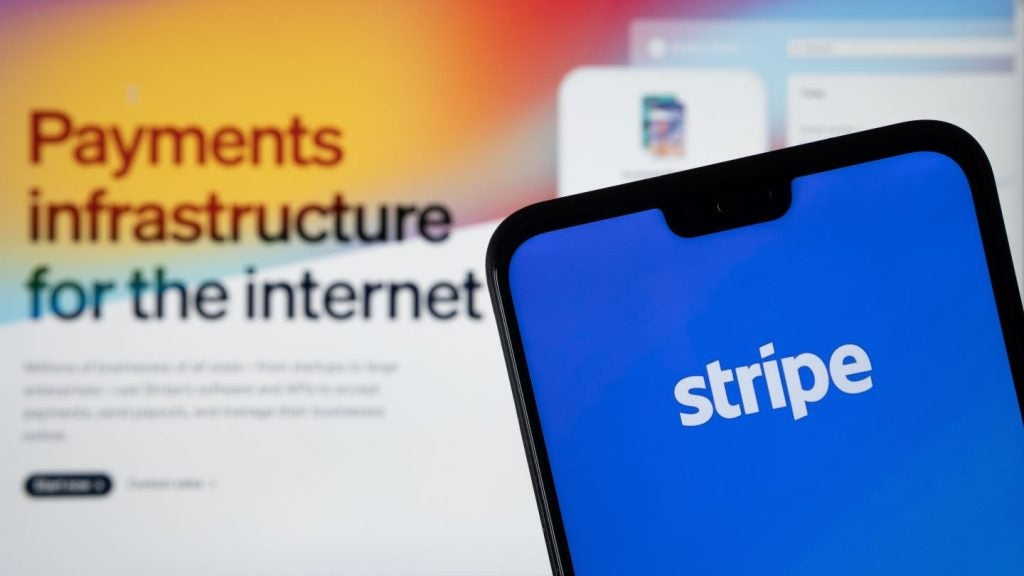Cash’s dominance of the payments landscape in the Philippines is verging on total, with much of the population unbanked and consumer awareness of electronic payments limited. Initiatives by the central bank, and migrants’ increasing use of electronic payments to send money home could be catalysts for change, however
Cash continues to be the most popular consumer payment instrument in the Philippines, particularly in rural areas.
Cash accounts for 99.5% of the country’s total payment transaction volume, due primarily to a lack of banking infrastructure, limited public awareness of electronic payments and low acceptance at retailers.
However, cash’s share is anticipated to decline gradually over the forecast period (2017–2021), as a result of the central bank’s financial inclusion program.
The emergence of contactless technology is also expected to support payment card market growth.

The unbanked – a large untapped market

US Tariffs are shifting - will you react or anticipate?
Don’t let policy changes catch you off guard. Stay proactive with real-time data and expert analysis.
By GlobalDataThe percentage of the Philippine population aged 15 or above with a bank account was 34.3% in 2016. The government has taken a number of initiatives, in the form of programs and policies, to bring a greater proportion of the population into the formal banking system.
The government also introduced the Philippine Development Plan 2011–2016; this includes the promotion and delivery of financial services in rural areas, the promotion of financial literacy and consumer education, and the development of loan and banking products to meet the needs of women, and low-income and disabled individuals.
As part of the government’s financial inclusion plan, a number of micro-banking offices, electronic money, microfinance providers, pawnshops, and remittance agents are being employed to provide access to financial services in un- or underserved areas.
Rising remittances drive debit card use
Remittances form a key part of the Philippines’ economy, accounting for 10% of the country’s GDP.
Remittances also play an important role in driving growth in the debit cards market, with many Filipinos emigrating. Inward remittances rose from $24.6bn (PHP1.0trn) in 2012 to $27.9bn in 2016, and are expected to grow as more Filipinos seek work abroad.
As migration rises, banks are increasingly offering bank accounts and debit cards that facilitate the transfer of money to beneficiaries back home. For instance, in September 2015 Land Bank of the Philippines formed a partnership with Trans-Fast Remittance, a provider of multicurrency cross-border payments solutions, to enable remittance transfers for Trans-Fast customers.
The partnership enables Filipinos in the US and Canada to use Trans-Fast to make real-time instant transfers into Land Bank of the Philippines accounts, which can be withdrawn using a debit card.

Robust credit card market growth
Debit cards remained the largest card type in terms of transaction value with an 81.7% share, which is expected to grow over the forecast period as more of the unbanked population are brought into the formal banking system.
Though small in size, the credit cards market registered robust review-period (2012–2016) growth both in terms of transaction value and volume. The growth can be attributed to economic growth and a steady rise in the middle-class and young working populations.
Also driving credit card transactions are monthly instalment facilities and pricing benefits such as annual fee waivers, reward programs and cashback.
The enactment of the central bank’s Interbank Debt Relief Program to control credit card debt, and the arrival of global credit bureaux are expected to further strengthen the country’s credit card market.







